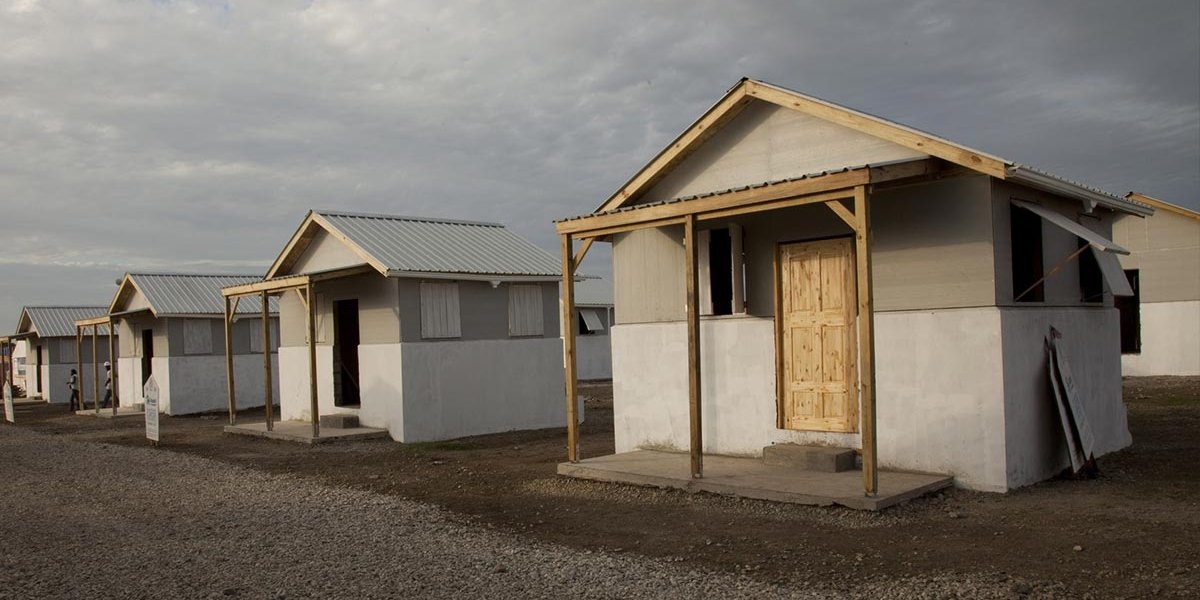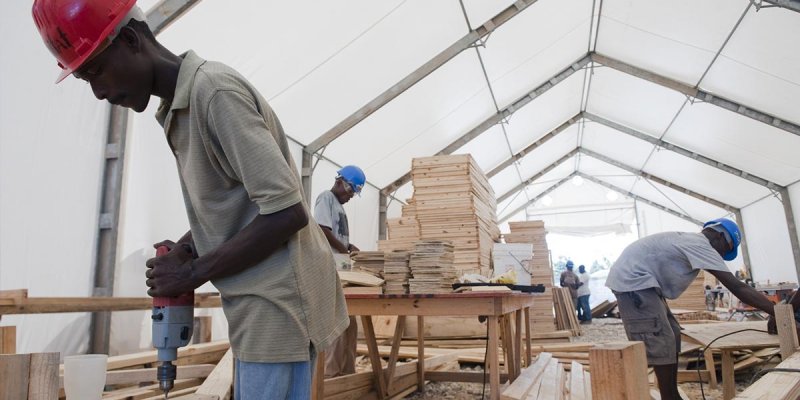

Disasters affect everyone, the poor and the wealthy. However, it is often the poor who are left worse off – they live on the most vulnerable land, their houses are the least stable, and they have very little in the way of capital reserves to rebuild their lives.
Responding to a disaster is a continuum. It begins before a disaster. We work with families and communities to help them build resilience, so that when a disaster happens, their homes are better prepared for the forces of nature and they can respond more effectively.
Habitat for Humanity uses a disaster response framework called Pathways to Permanence. This framework acknowledges that there are multiple pathways towards permanent durable shelter, and helps to make decisions about appropriate disaster responses – from “provider” roles (where shelters products are given away), to more sustainable “enabler” roles helping people as a partner in their own reconstruction process.
“Our emergency response plans and procedures ensure we provide tailored disaster relief, identify where the need is greatest and incorporate long-term goals to build more resilient communities and disaster-proof homes”
This is usually done as a consortium with other specialist agencies so that there is a broad and sustainable impact. We focus disaster risk reduction programmes on countries that are most disaster prone.
- Following a disaster there is an assessment where Habitat for Humanity staff spend time analysing the situation and then offer a number of pathways to permanent housing
- People in different situations have different needs and so will be on different pathways
For example:
- One group of people may have houses which are damaged but still repairable, and all they need is an emergency shelter kit comprising essential tools and materials to make their repairs.
- Another family without any land may need a temporary shelter while a permanent shelter is built.
- Yet another group may just need some cash vouchers so that they can go to their building centre and begin to rebuild their houses by themselves, perhaps supplemented with their own resources.
Post-disaster relief management
When there is a need to build permanent homes we often focus on the core house concept. It is permanent, yet small, but meets the standards for quality and space. This leads into the regular programme where a family will then take out a loan to extend their home.
This value for money approach allows funds to go much further and meet the needs of many more people.

